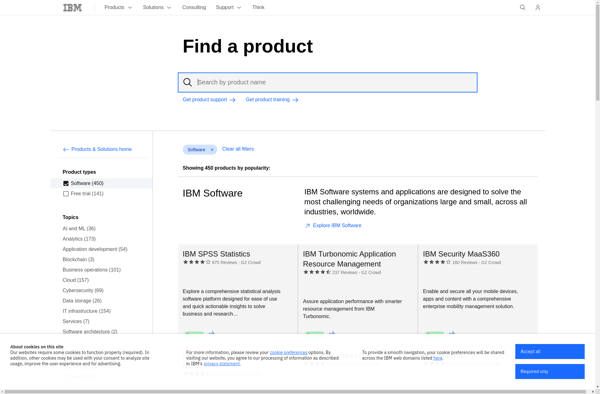MiniZinc

MiniZinc: High-Level Constraint Modeling Language and Solver
MiniZinc is an open-source constraint modeling language and solver. It allows users to model constraint satisfaction and optimization problems in a high-level, solver-independent format. Models are then compiled into FlatZinc code and solved by a backend solver.
What is MiniZinc?
MiniZinc is an open-source constraint modeling language and solver developed at Monash University, NICTA, and Data61 in Australia. It provides a high-level, solver-independent language for modeling constraint satisfaction and optimization problems. Some key features of MiniZinc include:
- Expressive modeling language allowing the natural expression of complex, real-world constraints
- Support for integers, floats, Booleans, sets, arrays and more
- High-level global constraints like all-different, cumulative, and element
- Control flow statements like if-then-else, for loops, let expressions
- Solver-independent modeling - compilation to FlatZinc targets allows connecting to many solvers
- Open-source with an active developer and user community
MiniZinc models are compiled into the lower-level FlatZinc format which can then be solved by constraint solvers like Gecode, Chuffed, CBC, Gurobi and more. This allows users to focus on declarative, high-level modeling without worrying about solver-specific code. MiniZinc comes with an IDE and debugging tools for creating and testing models. Its expressiveness, solver integration and active community has made it popular for teaching and research in constraint programming.
MiniZinc Features
Features
- High-level modeling language
- Solver-independent
- Open-source
- Supports constraint satisfaction and optimization problems
- Large library of global constraints
- Interfaces with many solvers like Gecode, Chuffed, CPLEX, Gurobi etc.
Pricing
- Open Source
Pros
Cons
Official Links
Reviews & Ratings
Login to ReviewThe Best MiniZinc Alternatives
Top Development and Programming Languages & Compilers and other similar apps like MiniZinc
Here are some alternatives to MiniZinc:
Suggest an alternative ❐Hyperon

Drools

Simple Rule Engine

IBM Operational Decision Manager

DecisionRules.io

Joget Workflow

OptaPlanner

NxBRE

NebriOS
Ruote
